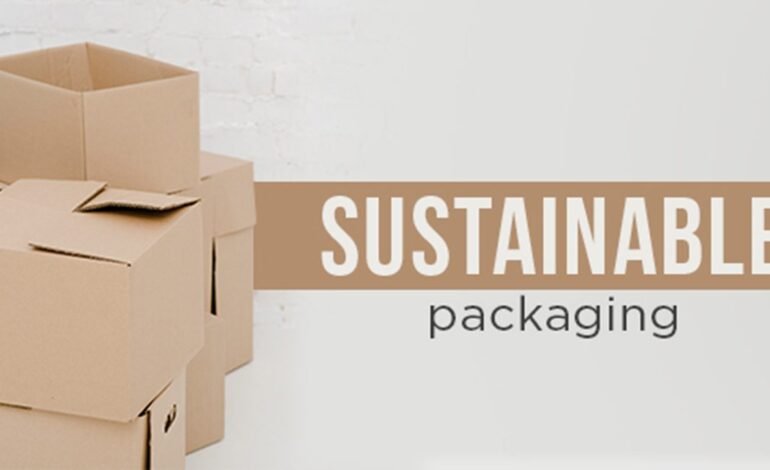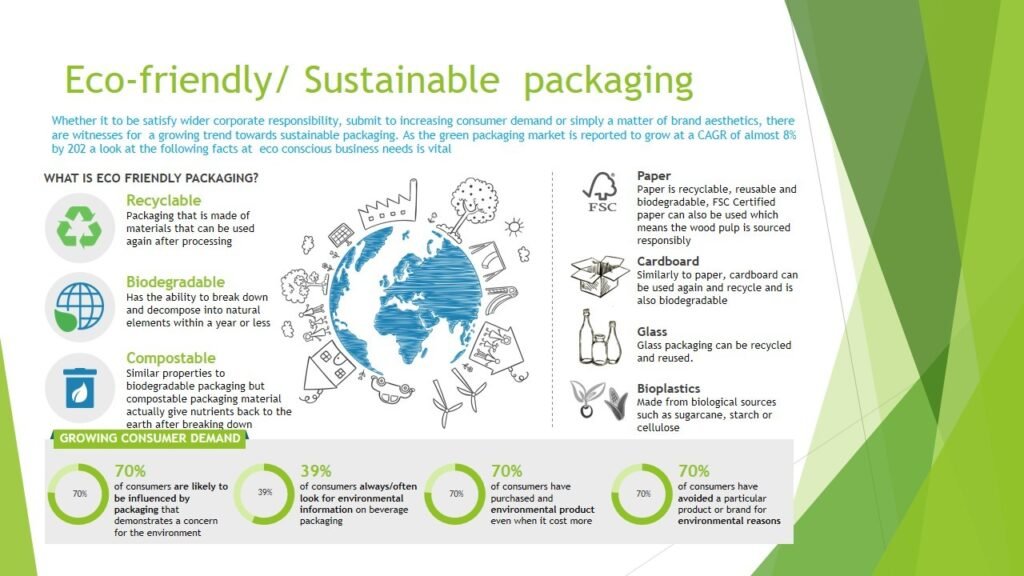
Is customer influence driving the rise of sustainable packaging?
With the changes in time, the packaging industry has experienced a major transformation as demand for sustainability has grown. The era of single-use plastics and excessive packaging has given rise to a new paradigm which is sustainable packaging.
Today, brands are prioritizing environmentally friendly practices and making sustainable packaging one of the crucial factors for business success. The customers are from the world’s largest and most iconic restaurant chains, airlines, and retailers.
There are some unique challenges that chains face when it comes to sustainability. Balancing the need for efficient, well-priced packaging solutions with the growing demand for eco-friendly alternatives is a delicate task. However, with different innovative strategies and collaborative efforts, a brand can work towards more sustainable practices. Some of the best practices are as follows:
- Choose eco-friendly materials: With the concern over change in climate and plastic pollution, sustainable packaging offers a compelling solution. By using such kinds of materials that are renewable, businesses can reduce their environmental footprint. Traditional packaging materials such as plastic are replaced by alternatives such as recycled paper and compostable materials. Sustainable packaging aligns with consumer values, attracting a customer base that reflects a commitment to a greener future.
- Innovative Design Approaches: Sustainable packaging is not about the materials used, it also uses different design approaches which optimize packaging efficiency. Companies are further leveraging smart packaging technologies such as intelligent labels and QR codes to provide consumers with product information and promote recycling practices.

- Considering the business case for sustainable packaging: Sustainable packaging not only aligns with consumer values but also offers tangible business benefits. By embracing sustainability companies can enhance their brand reputation, differentiate themselves from competitors, and attract eco-conscious consumers. Certain sustainable practices can often lead to cost savings through reduced material usage, optimized logistics, and improved operational efficiency.
- Optimize your supply chain: Sustainable packaging involves optimizing the entire supply chain. Companies are exploring different ways to minimize transport-related emissions by optimizing packaging sizes and shapes, reducing the use of fossil fuels, and adopting more sustainable logistics practices. This holistic approach ensures that sustainability is embedded in every aspect of the packaging process. By evaluating packaging materials, business leaders can identify different opportunities to use lighter-weight materials or explore alternatives that have a lower environmental impact. Designing packaging can maximize space utilization during transportation can reduce the number of shipments required, thereby lowering carbon emissions.
Focus on implementing solutions that have lasting benefits rather than quick fixes. Short-sighted approaches may lead to unintended consequences or unsustainable practices in the future.
Conclusion
The packaging industry is going through a remarkable transformation, driven by the need for sustainability and consumer demand for eco-friendly solutions. By prioritizing sustainability, companies not only reduce their environmental impact but also harness competitive advantages in a rapidly evolving marketplace.
The time for sustainable packaging is now, and those who can embrace these changes can shape a better and greener future while reaping the benefits of a thriving, conscious consumer base.





